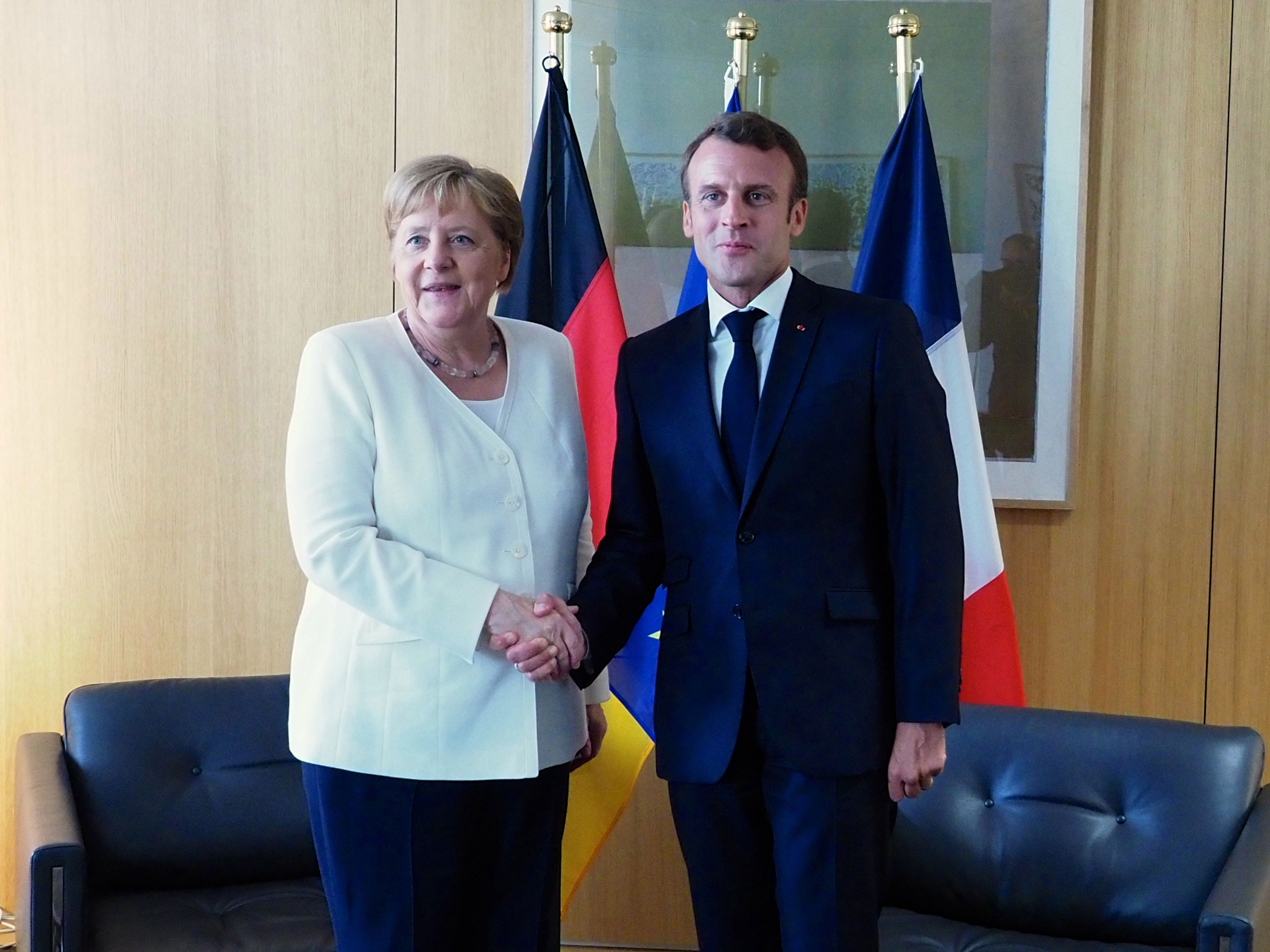Eurobonds, Finally—Germany and France Propose New Support for the EU Economy

Why did France and Germany decide to announce a joint plan?
The pandemic intensified disputes about the principles of financial assistance to Member States within the EU. Rescue tools totalling €540 billion were set up (ESM, EIB, SURE), but no agreement has been reached on a major economic recovery plan after the pandemic. At the end of April, the European Council turned to the European Commission (EC) to prepare proposals as to the scale of the fund, how to finance it, and to decide whether the aid should be in the form of cheap loans or direct subsidies. In the face of escalating controversies among the Member States, France and Germany decided to formulate a joint proposal regarding the most difficult part of the plan: the method of financing. German Chancellor Angela Merkel and French President Emmanuel Macron hope that the authority of the two strongest countries will allow them to quickly persuade the other EU members to the idea of joint bonds.
What is the mechanism of the common bonds?
According to the proposal, the EC is to issue bonds totalling €500 billion. The funds would be included in the common budget, but its size should be increased during the first years of the new Multiannual Financial Framework (MFF) from around 1% to even 2% of EU GDP. The bonds will be guaranteed by Member State’s contributions: as a result, the community’s debt prohibition will remain untouched. The repayment period will be at least 20 years and the burdens will follow the same key that applies by determining the contributions of Member States to the common budget. Importantly, the pool will not be used to provide loans that would ultimately increase the public debt of the countries most affected by the crisis. The funds are to be distributed mainly in the form of grants.
What will the funds from the new programme be used for?
France and Germany propose allocating the acquired funds first to increase “strategic sovereignty” in the health sector, which means, strengthening the pharmaceutical industry in the EU and increasing spending on branch research, among other things. In addition, assistance is to be directed to sectors and regions that have been hardest hit by the pandemic. However, the funds’ use will be subject to responsible financial policy, controlled as part of the European Semester, and requires the presentation of a plan for economic reforms. France and Germany also call for new measures to accelerate the implementation of the EU Green Deal and the digitisation of the European economy. The fourth direction of expenditure concerns a wide spectrum of objectives regarding the coherence of the common market and industrial policy. This includes ideas for protecting EU companies against foreign acquisitions, adjusting competition rules, and introducing an EU minimum-wage framework.
What is the risk associated with the Franco-German plan?
The proposal requires the consent of the EC and 27 national parliaments to increase the EU budget. The biggest challenge will be convincing the “northern” Member States, such as the Netherlands, Austria, and Finland, which take an principled approach to the issue of responsibility for debt and have repeatedly demonstrated their scepticism of common fiscal tools. Another problem is that the programme’s funds will not be available until next year: if the crisis worsens, the amount foreseen may be considered too low by “Southern” Member States. Another risk, although of relatively minor importance, is associated with the valuation of the joint bonds by markets. Currently, the EU rating is top-high, which increases the chances of a very low interest rate, and thus lowers the cost of issue. However, if the disputes between the Member States over the new MFF 2021-2027 become more confrontational, investors could be more wary of EU-issued securities.
What is the political significance of the Franco-German initiative?
The Franco-German plan can be considered a political breakthrough freeing the EU from an exhaustive dispute over the scope of solidarity and methods of financing anti-crisis policy between the “North” and “South”. This opens up more space for new integration initiatives and strengthening the EU. The issuance of joint bonds also relieves the ECB’s monetary policy, which has had the main responsibility in recent years for maintaining stability in the euro area. The plan for economic recovery of the EU should also be seen in the perspective of the European interests of France and Germany. It is an attempt to renew the leadership of these countries in the EU, which in recent years has weakened as a result of not very successful projects (e.g., the Meseberg declaration) and the growing importance of other political formats such as the “Hanseatic League”. The ideas of Macron and Merkel are also important for Poland and other Central European countries. The advantage from their point of view is that the plan does not differentiate the position of countries due to, for example, membership in the euro area, and is also in line with the demands to increase the size of the common budget. However, spending rules and the burden-sharing associated with financing the fund remain an open negotiation issue: their final shape may decide on the support of the countries of the region for the idea of eurobonds.


